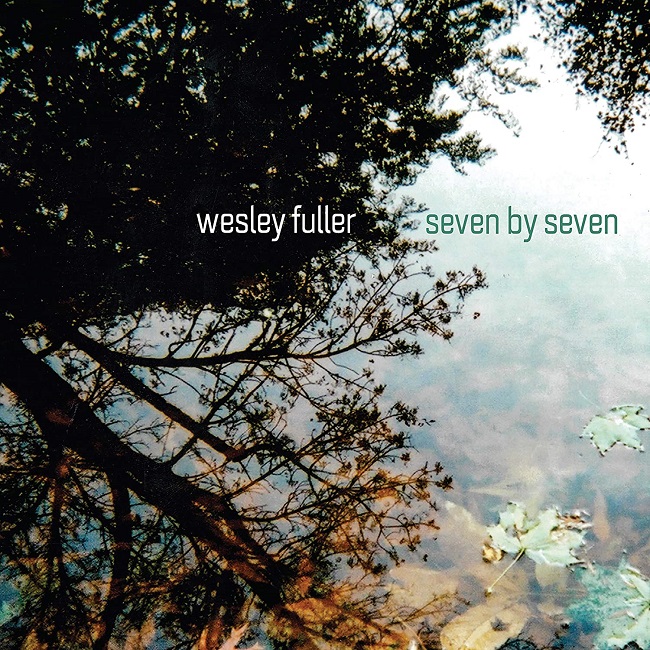Electroacoustic:
Wesley Fuller: Seven by Seven
(Neuma Records / December 4, 2020)
- Buy it at Neuma Records
- Digital street date: Jan 15, 2021
American composer Wesley Fuller passed away at the age of 89 just as this album was going to press. It's a fitting tribute to his body of work as a pioneer in the field of electroacoustic music.
His music combines acoustic instruments and fixed media (formerly known as tape), and illustrate the development of electroacoustic music over the decades - from 1970s-era analog synthesizers housed in institutions to living room digital studios.
He is quoted on his approach to composition in a media release. “…the computer is being used as a composer, and it is, if you will, a kind of collaboration between composers. This is extremely important to this composer, as he does not wish to repeat a structure of an earlier piece.”
Time Into Pieces begins with a whimsical mood as the piano and computer engage in a kind of dialogue through various moods. At times discordant, it turns moody, then querelous, finally sombre and distant. There are passages that sound, albeit fleetingly, like a conventional instrumental ensemble. The bell-like tones of the piano and the machine sounds juxtaposed has an interesting effect.
In Concertpiece (1982), the interaction between the violin and computer is fraught with drama. They dance and sputter around each other. There is delicacy and subtlety in the performance, including some very challenging phrasings.
The Camaro Trio is a standout piece, performed by piano, percussion and computer. It's a kinetic composition that incorporates some gorgeous electronic sounds.
Two of the pieces were composed for computer alone. sherds of five is a minimalist work tha texplores tones and range. details/lines is, in contrast, atmopsheric and evocative. In Four phases for Three, it's the flute that weaves together percussion and computer with its lovely tone.
The most recent piece, phases/cycles, was composed in 2009 for viola and computer. Here, the viola has an almost human voice that encounters the computer's throbbing electronic vibrations.
Some of the pieces make literary references, including Jean Genet’s Our Lady of the Flowers, marine biologist Sylvia Earle’s Sea Change, John Ruskin’s The Stones of Venice, and Ezra Pound’s Cantos. Performers on the album include the composer’s spouse – Jacques Linder –, daughter Catherine Fuller, and other longtime friends based in New England and South Florida such as the McCormick Duo, Nancy Cirillo, and Maria Lambros.
Four Phases four Three
for flute, percussion and computer
(Kim McCormick, flute; Robert McCormick, percussion)

Comments
Post a Comment